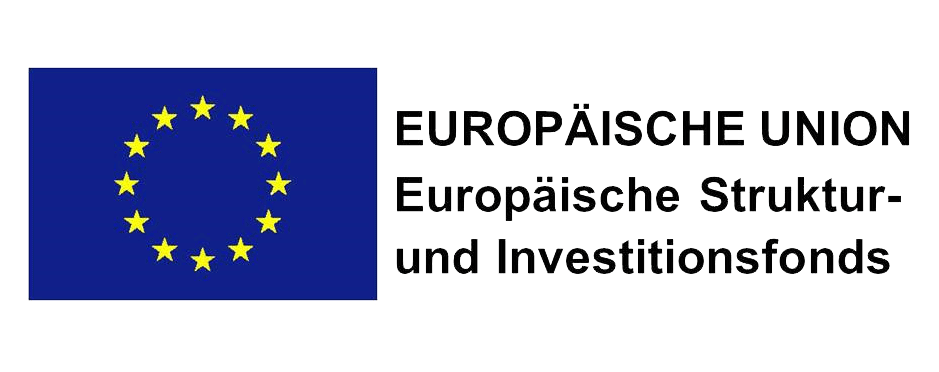Our innovative strength
for the future of the technology location
Installation management for
floating offshore wind farms
Technology developments for an installation management platform
OWSplus - Floating Offshore Wind Solutions Mecklenburg-Vorpommern
A decisive factor in the global energy turnaround is attributed to the use of offshore wind energy. Until now, such wind farms could only be installed stationary in shallow waters using foundation structures. The key problem of this growth core therefore lies in the technology development for the planning, installation and operation of floating wind farms, which can also be erected off steeply sloping coastal regions. Floating turbines and platforms require a much more balanced weight distribution than grounded structures. This makes the software platform developed in the project for installation management during the construction and equipment phase of the wind farms all the more important.

Offshore Information Platform
Development of an information platform for the effective maintenance of WTG parks
As a decisive cost factor in the long-term use of offshore wind farms, rational operation and efficient maintenance are of crucial importance. A key problem here is the development of universal technologies for the uniform control and realization of all maintenance processes.
Based on a uniform and consistent data model, efficient operation and maintenance strategies will be developed and implemented. As a result, the corresponding expenses will be reduced by at least 25%.

The joint project (VP4) aims to make the operation and maintenance of offshore wind farms more efficient and thus contribute to reducing the cost of electricity. A central sub-goal is the integral documentation and use of data across all lifecycle phases from planning to dismantling, which is possible extensively for the first time due to the diversity of the alliance partners.
The development of a crew transfer technology based on underwater vehicles that is largely independent of the sea state will significantly increase the weather window for maintenance work and thus solve another key customer problem.
IPMS 4.0
Development of an Integrated Production Management Solution Platform 4.0
The R&D project aims to develop an integrated production management system (IPMS) that combines the previously conflicting approaches according to VDI 5600 and ISA 88/95 in order to meet the requirements of Industry 4.0. To this end, a new architectural approach is to be developed that enables a wide variety of system configurations. The aim is to significantly reduce costs for system installation and customizing.


Interactive control station I4.0
Development of an ISYS integration layer for an interactive Industrie 4.0 control station
The project is intended to research and design the fundamentals of new technologies for the ISYS MES in order to launch a new generation of control stations.
A new suitable interface in the sense of an "interactive control station of Generation Industrie 4.0" must be developed.
In order to provide this interface with information and to accept instructions, a technology is required that bundles and standardizes the existing modular system structures on the data and process side.


Our innovative strength
for the future of the technology location
Installation management for
floating offshore wind farms
Technology developments for an installation management platform
OWSplus - Floating Offshore Wind Solutions Mecklenburg-Vorpommern
A decisive factor in the global energy turnaround is attributed to the use of offshore wind energy. Until now, such wind farms could only be installed stationary in shallow waters using foundation structures. The key problem of this growth core therefore lies in the technology development for the planning, installation and operation of floating wind farms, which can also be erected off steeply sloping coastal regions. Floating turbines and platforms require a much more balanced weight distribution than grounded structures. This makes the software platform developed in the project for installation management during the construction and equipment phase of the wind farms all the more important.


Offshore Information Platform
Development of an information platform for the effective maintenance of WTG parks
As a decisive cost factor in the long-term use of offshore wind farms, rational operation and efficient maintenance are of crucial importance. A key problem here is the development of universal technologies for the uniform control and realization of all maintenance processes.
Based on a uniform and consistent data model, efficient operation and maintenance strategies will be developed and implemented. As a result, the corresponding expenses will be reduced by at least 25%.


The joint project (VP4) aims to make the operation and maintenance of offshore wind farms more efficient and thus contribute to reducing the cost of electricity. A central sub-goal is the integral documentation and use of data across all lifecycle phases from planning to dismantling, which is possible extensively for the first time due to the diversity of the alliance partners.
The development of a crew transfer technology based on underwater vehicles that is largely independent of the sea state will significantly increase the weather window for maintenance work and thus solve another key customer problem.


